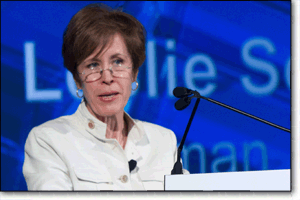Close menu
- Home
- About CW
-
News
- Back to parent navigation item
- News
- National Compliance Officer Day 2025
- Accounting & Auditing
- AI
- AML
- Anti-Bribery
- Best Practices
- Boards & Shareholders
- Cryptocurrency and Digital Assets
- Culture
- ESG/Social Responsibility
- Ethics & Culture
- Europe
- Financial Services
- Internal Controls
- Regulatory Enforcement
- Regulatory Policy
- Risk Management
- Sanctions
- Surveys & Benchmarking
- Supply Chain
- Third Party Risk
- Whistleblowers
- Opinion
- Events
- Research
- Awards
-
CW Connect
- Back to parent navigation item
- CW Connect
- Sign In
- Apply
- Membership
Many Struggling With Risk Disclosures
By Jaclyn Jaeger2012-04-03T00:00:00
Related articles
-
 Article
ArticleAccounting and Audit Rulemakers Make the Case for Transparency
2012-06-12T00:00:00Z By Tammy Whitehouse
-
 Article
ArticleExtra-territorial rules: How to navigate global compliance complexity
2025-10-21T18:18:00Z By Ruth Prickett
Sanctions, tariffs, economic crime, big tech, data privacy, and environmental laws are expanding global compliance risks. Tougher penalties now reach deep into supply chains, making even small suppliers accountable to customers or regulators.
- Terms and Conditions
- Privacy Policy
- Do Not Sell My Info
- © 2025 Compliance Week
Site powered by Webvision Cloud





